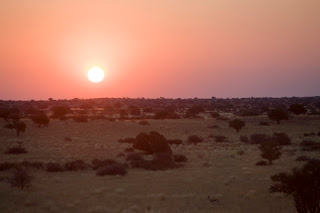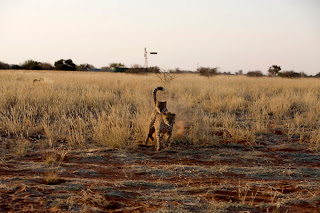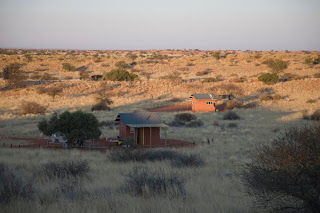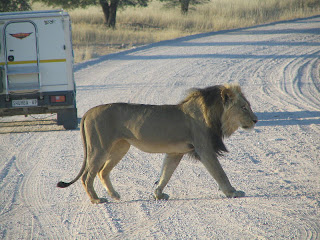
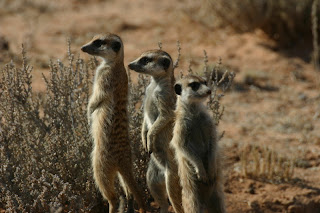

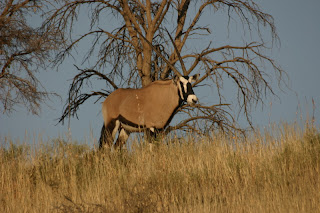
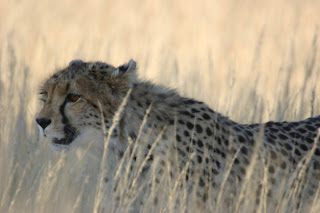


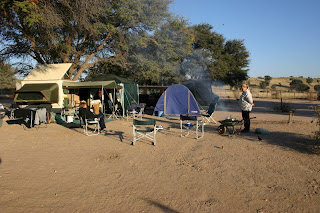
Mata Mata Rest Camp is situated on the banks of the Auob River on the western boundary of the Park. The camp lies on the border of Namibia and is surrounded by thorny Kalahari dune bushveld.
One of the animals often found in this area is the giraffe, as they are well adapted to these arid conditions, plus they feed off the trees found in this region.
The camp has the basic facilities for a satellite camp with a reception, shop and fuel facilities.
Mata-Mata is 2½ hours drive from Twee Rivieren.
Within the camp, the visitor will find laundry tubs in the camping area so that they can catch up on their washing. The shop sells basic supplies to provide a support base for the tourist which include commodities like meat, milk, cheese, eggs, bread, wine and beer.
At the bottom left corner of the camping site is a hide where you can sit and view the animals coming down to drink.
The camp offers accommodation in the form of family chalets, two-bed chalets and 3 park homes, apart from the camping site which is a favourite amongst the self drive visitors.
The Mata Mata Border has been opened, but only bona fide tourists to the Park can use the access facility between South Africa and Namibia. Tourists are required to stay over for two nights in one or more of the overnight facilities of the Kgalagadi Transfrontier Park.
Tourists from Namibia may make use of the new entrance to Kgalagadi, as a day or overnight visitor access point without checking in with the border officials at Twee Rivieren as long as they return to Namibia. If, however, a tourist leaves the Park to go in to South Africa or Botswana they will have to go to the passport control at Twee Rivieren.




